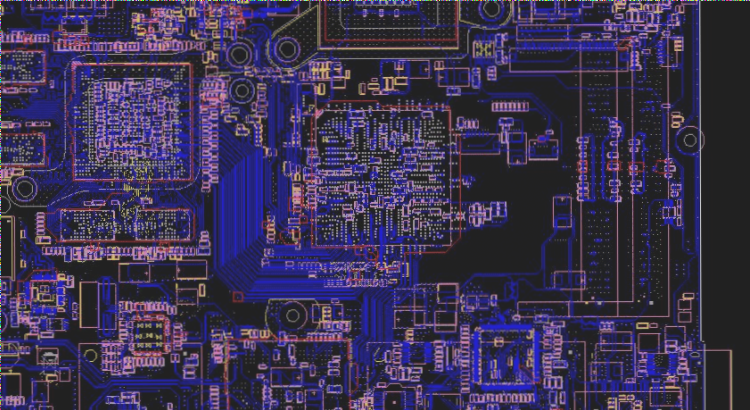What is the complete PCB design process for SMT production?
PCB technology, developed in 1936 and widely used since 1943, has evolved through various designs and remains crucial for future electronic advancements; its design involves seven key steps: preparation, layout, structure, wiring, optimization, inspection, and collaboration with manufacturers.
What is the complete PCB design process for SMT production? Read More »










